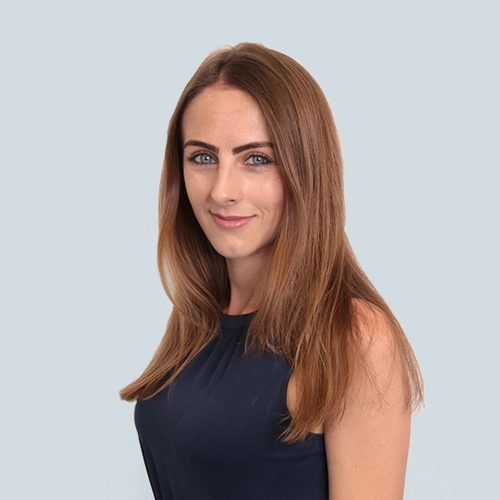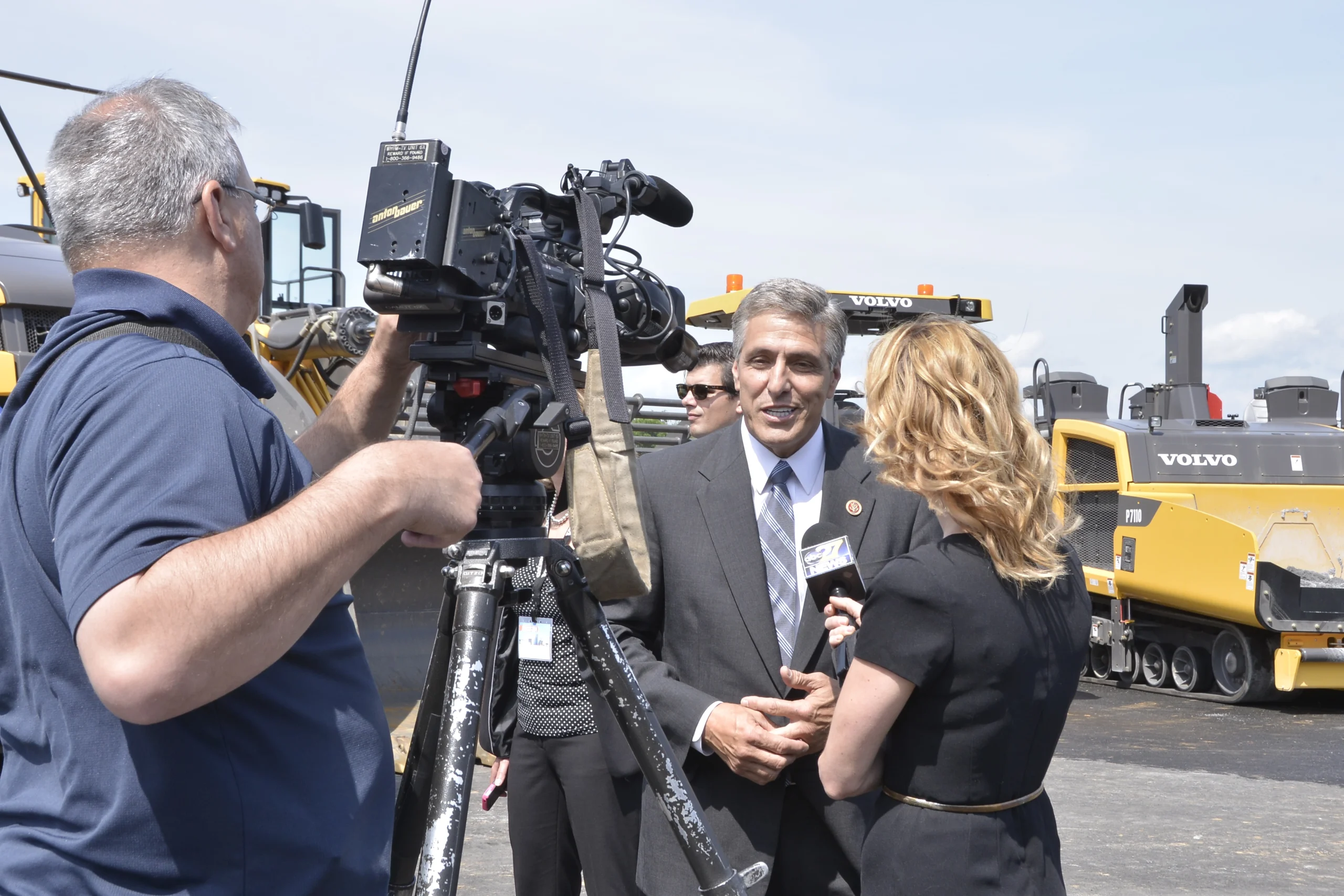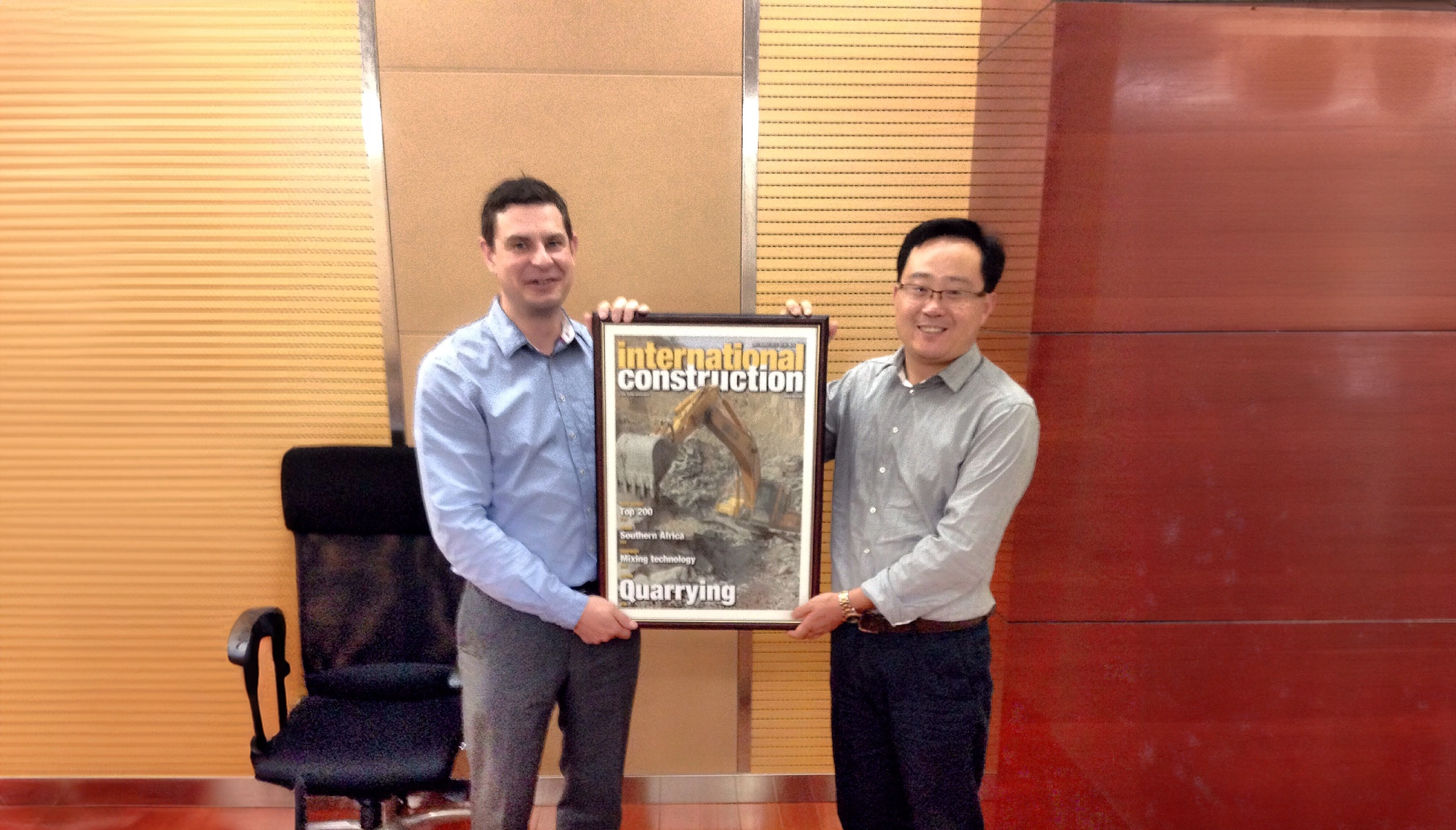One of SE10’s core strengths as a PR agency is that it is run and staffed largely by former journalists, who are not only experts in content creation but have firsthand knowledge of editors’ needs and challenges. Since transitioning from journalism into PR, the skills and insight gained during these formative experiences play an important role in maintaining excellent media relations between clients and the key media outlets for their industries. Here, several members of the SE10 team discuss individual take-aways from working in journalistic environments and how this education has continued to assist their work at SE10 for the company and their clients.

Ben Shaw, CEO
Before founding SE10, Ben spent five years as a technical editor for titles including International Cranes & Specialized Transport at one of the construction industry’s most influential publishing houses, KHL Group.
“For good copy, I was taught as a journalist that your first sentence should give the reader a summary of the story. You need to get to the point as quickly as possible. You will lose readers as they work their way through the story, so make sure your key takeaways are at the start not the end! Understanding this in PR allows us to help companies tell their story and get the cut-through they need to stand out. The limitation of word counts in features and news stories also teaches you to really make each word count! That and adhering to strict publication deadlines instil very good discipline.”

Mariana Santos, Account Director, USA
Mariana first worked in newsrooms covering local news and national politics in her native Brazil, before becoming a reporter and editor on international stories for the German state-owned broadcaster Deutsche Welle.
“Being a journalist has helped me to find ways to dig deep to find good stories with clients – journalists are curious creatures! We love to ask questions and understand things in detail and always find ways to make a topic that might not seem so interesting at first to be captivating. Former journalists can connect with and understand what our colleagues in trade media are looking for in terms of content. That certainly makes pitches more successful. It boils down to providing relevant content that highlights the benefits of our clients’ products but above all is useful for their intended audience.”

Jack Porter, Account Executive, UK
Jack spent several years as a sportswriter covering breaking news and producing digital content, having his work featured in UK national and international publications.
“Being tasked as the mediator between the subject and the reader is a lot of responsibility that you really need to own. Fundamentally, that responsibility boils down to clarity and accuracy in your messaging. Time constraints and the unexpected are part and parcel of both journalism and PR, so you need to really make the most of what you’re given; whether that’s a short, opportune window in which to gather information or be well-prepared for an ‘unimmediate’ interview you can see on the horizon.
I’ve always tried to imbue a bit of personability in both the interview process and writing stages, to try and make the interviewee and the copy as accessible as possible, as well as taking the chance to find out ‘off-road’ information that may not be entirely useful to the copy you’re working on but could prove so down the line and aid your knowledge of a subject or area.”

Charlie Williams, Associate Director, UK
Charlie began her career as a reporter for local newspapers in the Sussex area, where she completed both her Diploma and National Certificate Examination, the senior professional qualification certifying all-around competence in journalism from the National Council for the Training of Journalists (NCTJ).
“Having worked previously as a journalist, I am constantly reminded of the different agendas of our clients and the news outlets that report on them. News outlets are businesses too and depend on cultivating an audience for their income – from readers paying for print subscriptions and digital access, as well as advertisers who want to get in front of that audience. Their mission is to publish interesting content that resonates with and adds value to readers, listeners, or viewers so they can grow and maintain a loyal audience base. So, for companies looking to achieve coverage, there is a high bar of quality to pass by providing new angles, access to experts, proof points, striking visuals.
Even then, not every press release or pitch will make the cut. There are time and space considerations, and sometimes other topics need to take greater priority. There is also a limit to how often news outlets can talk about a particular company to maintain balance and variety. However, no work is wasted. Information shared may be used in the future or as background for another feature.
My advice to clients would be to put themselves in their target customers’ shoes and focus on the subjects that really matter to them and to consider media relations as an ongoing process that takes time, patience, and sometimes a bit of trial and error. If a client values a specific media outlet and its audience, supporting it through advertising is a fair consideration. Expecting continuous support without contributing financially is unrealistic, as advertising is a vital income source for news outlets. I would also recommend that clients don’t rely entirely on news outlets to reach their audience. They should have their own social media and content hubs too to help increase the likelihood that good content will be seen by the right people.”

Ricardo Rosa, Account Director, USA
Before joining SE10, Ricardo reported on local news, including government and politics, in the Chicago area for hyperlocal news websites and regional magazines.
“One of the things I’ve learned moving from journalism into PR is to always put people front and centre. A new product or technology is exciting but what do they do for people? How do they impact or better work and lives? That’s what your audience wants to know.
And, of course, quality beats quantity every time. In journalism, we see reputations built over decades crumble in one day – it’s better to share a handful of great stories over a year rather than many ‘OK’ ones, to really project your messaging across to a readership and have that desired effect and results.”

Damian Joseph, Vice President, USA
Damian holds an MSc in Journalism from Northwestern University’s prestigious Medill School of Journalism and has worked as a staff writer for Bloomberg Business Week and as a freelance contributor to Fast Company.
“Journalism teaches that deadlines are everything. They’re sacrosanct, and I will move mountains to make a deadline; from putting out press releases, to planning events or creative work, I’ll always make the deadline.
Accuracy is paramount. When you’re a journalist, you have to get it right. At Northwestern’s Medill School of Journalism, we had the “Medill F”. If you got anything wrong in text, down to the letter, you got the dreaded ‘F’ – that went for people’s names, street names, geolocations, company names, dates, numbers and more. And this is the standard that I bring to every piece of content I produce in PR.
A journalist must also become a good interviewer. That means not only asking questions, but the right questions. It also means dealing with a variety of personalities, absorbing information very quickly and communicating in a variety of ways. Great interviewing helps in PR because it enables you to understand your clients and their companies’ business goals better and ultimately get the information you need to run a successful campaign.”
Get in touch to discuss how the SE10 team can use its journalism exprerience to boost your media relations.



